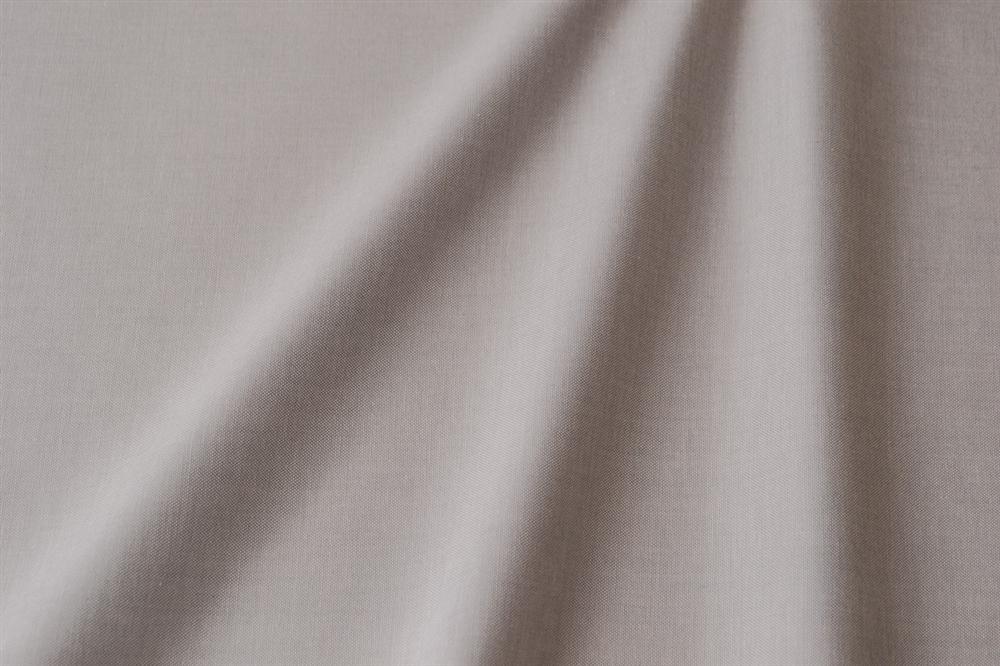Cotton Polyester Blend Shirts - Cotton Polyester Shirt
What is a cotton polyester blend?
Gada 3 Fabric:

Polyester has an equal number of advantages and disadvantages as cotton. ... A fabric made from a poly cotton blend combines the strengths of the two fibers. Poly cotton garments are breathable, tear-resistant, and can be fashioned into abrasion-resistant fabrics, like canvas.
What is polyester cotton fabric used for?
A poly-cotton is just what its name suggests: a fabric made up of cotton and polyester fibers. The ratio varies, but most of our poly cottons are blended with 20% cotton and 80% polyester.
100 % Cotton or Poly Cotton Fabric
When shopping for work clothes, consumers are presented with a wide range to choose from. The combination of fabrics, styles, and different manufacturers can make the choice a daunting one. Two of the more popular fabrics for work clothes are 100% cotton and a poly-cotton blend. But which is the best choice? In short, that depends on what the buyer is looking for.
So, what are the differences between 100% cotton and poly-cotton blend fabrics?
To start with, a poly-cotton blend is just what its name suggests: a fabric that is made up of cotton and polyester fibers. The ratio varies, with 65% cotton and 35% polyester being the most common. 50/50 blends are also easily found. The blend is designed to afford the advantages of both the cotton and polyester fibers into one fabric.
What are the advantages and disadvantages of cotton?
100% cotton is a fully breathable fabric, which means that it can be cooler to wear in hot conditions. However, as the thickness increases, the breathability decreases. 100% cotton tends to rip and wear out easily, depending on the weave. Cotton canvas is a very durable and abrasion-resistant fabric, but it is very thick and heavy. In regards to safety, cotton fibers that have not been treated for fire-resistance will tend to burn away where polyester will melt. As a natural fiber, 100% cotton garments also tend to be a bit more expensive than the synthetic counterparts.
Polyester has an equal number of advantages and disadvantages as cotton. Polyester does not breathe and has a tendency to stick to the skin once perspiration begins. In regard to durability, polyester is a more elastic fiber and therefore tends to be tear resistant. However, it does not tend to be as abrasion-resistant as cotton canvas. As polyester is not dependent upon the forces of nature for a successful harvest, it is usually considerably cheaper than 100% cotton.
A fabric made from a poly cotton blend combines the strengths of the two fibers.
Poly cotton garments
are breathable, tear-resistant, and can be fashioned into abrasion-resistant fabrics, like canvas. While not as inexpensive as pure polyester, poly cotton blends do tend to cost less than comparable garments made of 100% cotton and they provide much more comfort. The previously mentioned 65/35 blend of cotton and polyester is the most popular for work garments, particularly because of price, durability and a larger color selection being available for purchase. When shopping for work garments, the choice between 100% cotton and poly cotton blends depends largely on the work environment and personal preference. If employees work indoors around machinery, the tear-resistance of poly cotton may be favorable. If the work is in an outdoor setting, particularly in hot climates, 100% cotton fabric could be the better choice. Before deciding, make sure to take all environmental factors into consideration.It is the intention of this article to help shed some light on the different types of fabric characteristics of 100% cotton and poly cotton fabric. We are hoping to share our thoughts with you in order for you to make a more informed decision when choosing the fabric type for your garments.
The Great Cotton Debate: 100% Vs. Blended
Without looking at the collar tag, do you know what your material your shirt was made with? For those who aren’t sure the go-to guess is most likely going to be cotton. And, odds are, this educated assumption is probably going to be correct – or at least partly correct. Most shirts today are made from either pure cotton or cotton blended with some other fiber. But which is better? While this question has been the subject of vigorous debate in the sartorial world for years, many less fastidious dressers may still be unsure which camp they should support.
Just like high thread count numbers, shirts made with 100% cotton are thought to be more desirable than blends. Yet many people are still unclear about the advantages and draw-backs of pure and blended cotton fabrics.
It’s said that the real advantage of 100% cotton fabrics is their smoothness – some claim they feels better to the skin, have a finer drape, are more breathable, etc. Sure, natural fibers like cotton are usually soft and comfortable, but the quality of any fiber comes down to things like how it’s grown, milled, finished and woven. In the end, a custom tailored shirt made with a cotton blend is likely to feel much nicer than a 100% cotton shirt that comes in a bag from a big-box retailer.
In many cases, blending cotton with other fibers produces garments that are stronger, more breathable and more eye-catching. Synthetic fibers like polyester and rayon can add a more lustrous shine and texture to a shirt that would be impossible to achieve with just pure cotton. In most cases though, a blended cotton fabric will contain about 80% cotton and 20% polyester, which is usually considered just the right balance for a noticeable cottony feel and texture.
Another major disadvantage for many natural fibers is their tendency to wrinkle, and cotton is no exception. Pure cotton garments need a lot of attention to keep them looking their best – or at least they need more attention than blended cottons, many of which feature
wrinkle-fighting synthetics fibers
or are treated with a non-iron finish to make them even more maintenance-free. While fabric finishing techniques are continually improving, pure cottons still can’t match blends in terms of ease-of-wear.In many the ways the blended vs. the pure cotton debate is far more complex than most people realize and both sides can certainly claim the superiority of their argument. Both types of fabric offer their own particular strengths, making them hard to compare. But, by understanding the pros and cons of each, you’ll be able to find clothing that better suits your lifestyle and needs.
From the men’s collection https://www.bivolino.com/en/men-shirts-easy-care
From the women’s collection https://www.bivolino.com/en/women-blouses-business
Cotton Polyester Shirt - Cotton Polyester Shirt








